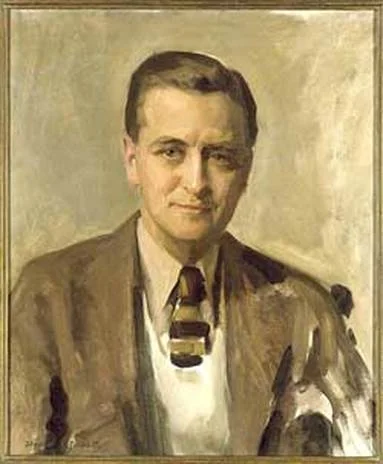“The Work Is Never Done:” Judson Dance Theater Transforms MoMA
By Joanna Steinberg
In 1968, Village Voice critic Jill Johnston proclaimed that between 1962 and 1964 a “revolution” had occurred at Judson Memorial Church. With its exhibition Judson Dance Theater: The Work is Never Done, MoMA brings visitors into this seminal moment when a collective of choreographers and downtown artists across disciplines came together to create and show new works in non-commercial spaces, works that transformed the definitions of art and how we experience it. MoMA pushes the boundaries and conventions of the museum space as well, beginning the exhibition in the Atrium, where a video installation and a series of live performances take place daily, showing the work of preeminent choreographers from Judson Dance Theater: Yvonne Rainer, Deborah Hay, David Gordon, Lucinda Childs, Steve Paxton, and Tricia Brown. As the subtitle suggests, “the work is never done.” The performances embody the idea that experimentation is ongoing, as is the interpretation by both artists and audiences who come together in the present moment.
Read More








